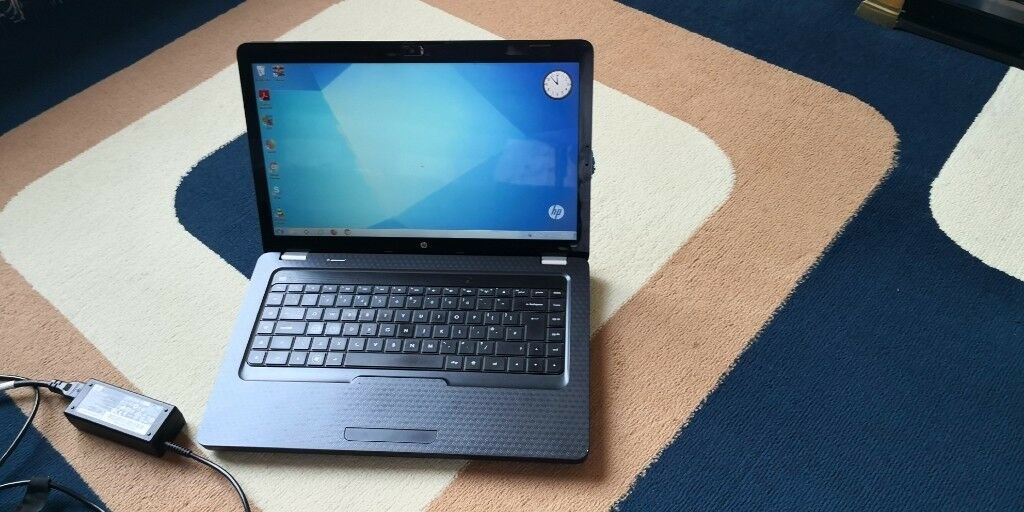This is the new MacBook Pro. It sports a retina display, upgraded keyboard, and track pad. It also uses the latest version of Apple’s operating system called OS X Mavericks. If you’re using a Macbook Air that’s model with a M2 (midrange) processor, which may have lower performance than the M3 (high-end) chips Apple says are standard in the new MBP models, you’ll have to wait.
1. Intel Core i3-M350

Since 2009, Intel Core i3-M350 is a microprocessor chip (i.e. a processor that’s designed specifically to run computer applications). the main function of the computer is to control the functions of the computer. The Intel Core i3 processor was designed and developed by Intel Corporation in 2008, based on the architecture of the previous-generation Intel Core i3 processor released in 2006. It is the successor to the Intel Core 2 Duo processor, which was introduced in 2005 and the Intel Core 2 Quad, introduced in 2003. Core i3-series processors are built for desktop computers, notebooks, tablets, netbooks, and thin client computers.
2. 2.5Ghz processor
This particular blog post is saying something very specific. The new MacBook Pro has a 2.5GHz Intel Core i7 Processor. It also has a 16GB RAM and 256GB solid state drive. The product they’re using in the video has 2.5 GHz because that’s what it says it has. This is a tricky type of sentence. It can be hard to spot. Read the text. Then you’ll know if you have an essay question or an informational question. Do any of these words sound like they are saying something that is too specific to be true? If you make that same mistake over and over again, then they’re probably making an error in their writing.
3. 1GB L3 cache
The memory subsystem of the x86 architecture is called the Memory Management Unit (MMU). There are four levels of cache: Level 0 (L0) is the main memory, level 1 (L1) is the instruction cache, level 2 (L2) is the data cache, and level 3 (L3) is the largest of the caches. The cache hierarchy consists of various levels of caching that increase the speed of the memory system.
4. SATA III 6Gb/s ports
The next-generation SATA standard, SATA III will replace SATA II as the industry-wide standard for the fastest SSDs. SATA III allows up to six SATA connections, four per hard drive or SSD. Also, SATA III is much more efficient than the previous SATA II standard. It provides faster speeds and greater power efficiency. Most computers currently come with only the older SATA II connection. However, the newest standard, SATA III, is not far off.
5. 2MB Smart Cache Technology
Search engine optimization (SEO) does not mean just getting links. Google’s algorithm is a complex beast, ranking pages based on factors such as content, user experience, site speed, and more. The higher quality of your content the better, so linking to as many high-quality pages as possible will help your website rank well. While it’s true that Google doesn’t consider every link as equally valuable, links do have some influence over search rankings.
Interested in Reading My Article On XMG Apex 15 Max review: Gaming laptop with a desktop CPU
